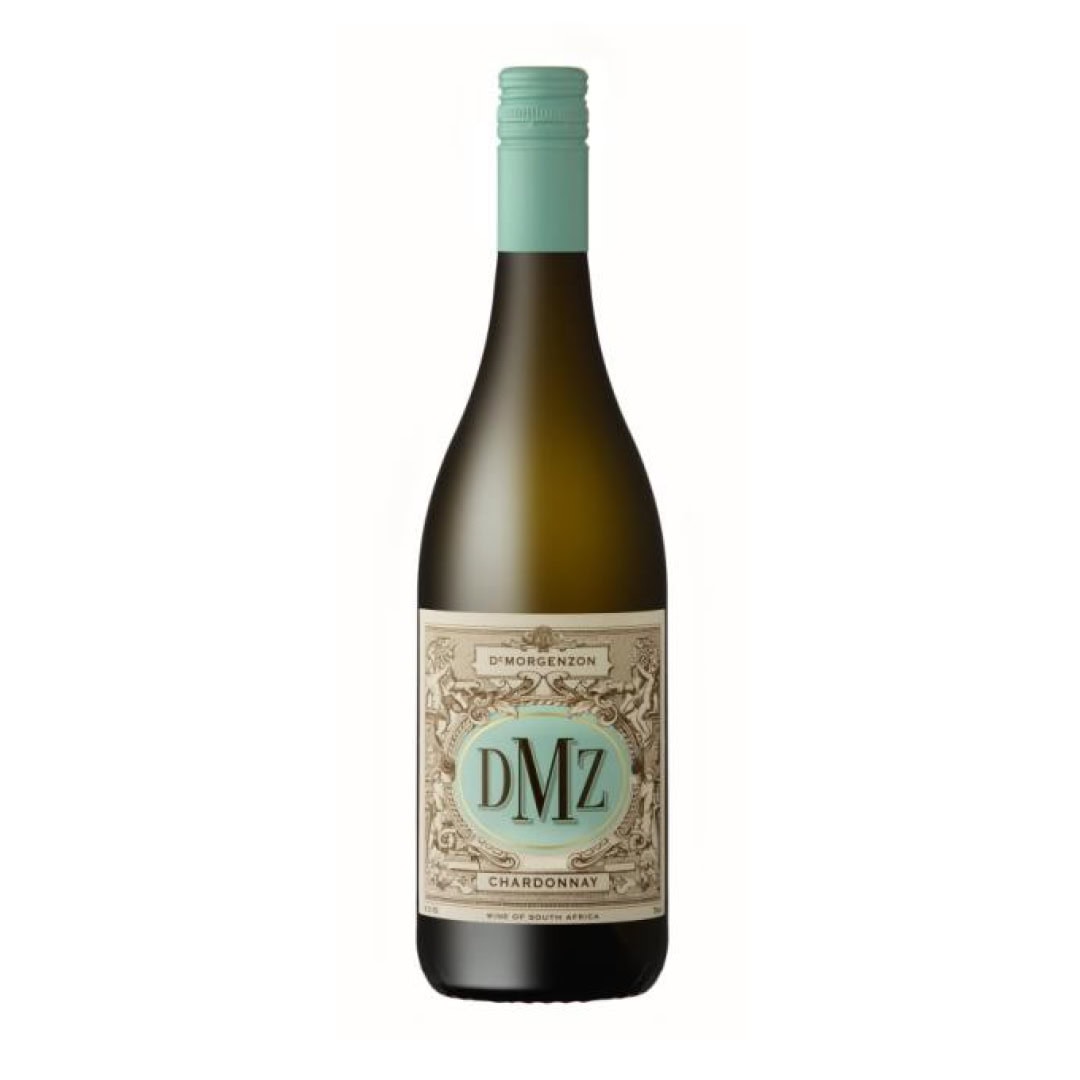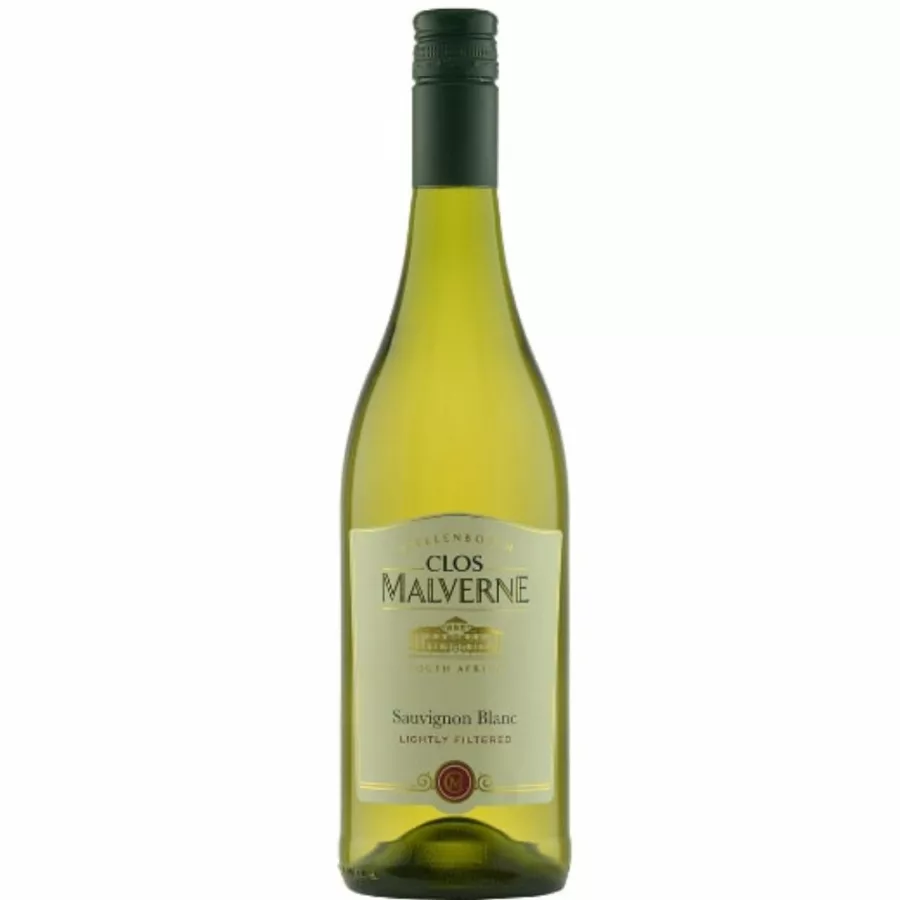More Information
Specifications
In the cellar
Each vineyard parcel was fermented separately, using a combination of natural yeast and careful inoculation. Of the grapes, 25% were left as whole bunch and 75% were lightly crushed and the juice was allowed to settle overnight. The wine was aged on its lees in a combination of stainless steel and French oak barrels. Malolactic fermentation commenced naturally in the barrel components but was blocked for those in stainless steel. After 7 months the final wine was before being stabilized, lightly filtered, and bottled.
In the vineyard
The vines used to produce DMZ Chardonnay are selected from premium sites in Stellenbosch at elevations ranging between 100 to 300 meters above sea level. Close proximity to the ocean provides a beneficial cooling effect. Weathered granite and sandstone soils contribute minerality and freshness, respectively. A mild but wet winter ensured optimal soil conditions moving into the growing season. A relatively cool spring, interspersed with some rain, led to a delayed bud break and in some isolated instances uneven flowering. Some warm weather in January helped alleviate any early season unevenness and the continued moderate weather the farm experienced meant that the harvest was progressing at an even pace and that the winery team was able to give the utmost attention to each parcel arriving at the winery.
Ageing
This wine drinks well now.
Cultivar
Chardonnay
Food Pairing
This wine pairs well with Cream based dishes, oily fish.
About the Wine Estate
DeMorgenzon, ‘the morning sun,’ was so named as it is the first part of the Stellenboschkloof valley to see the sun because of its high altitude and aspects. We cover the top southern and eastern slopes of Ribbokkop, overlooking the pinnacle of Kanonkop from where a cannon was fired to alert the farms in the region that a ship had put into Table Bay. The first road from Cape Town to Stellenbosch ran through the Stellenbosch Kloof.




